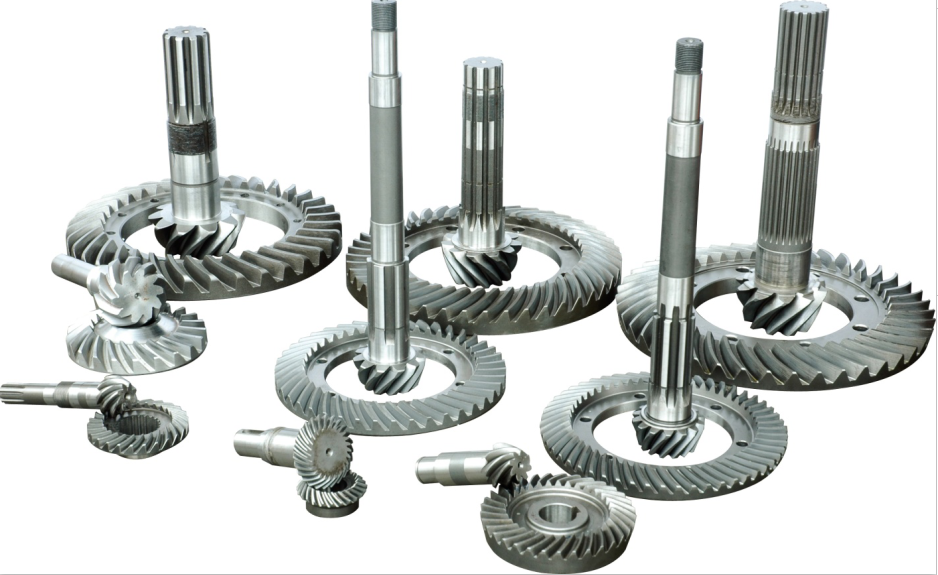In mechanical engineering, gears are indispensable components used to transmit power between rotating shafts. Among various gear types, worm gears and spur gears are commonly employed due to their distinct advantages. However, their applications, efficiency, and performance characteristics differ substantially. This article will provide a comparative analysis of worm gears and spur gears, discussing their structure, applications, advantages, and limitations.

Structure and Operating Principle
Worm gears consist of two parts: a worm (which is similar to a screw) and a gear, often called the worm wheel. The worm’s threads engage the teeth of the worm wheel, creating a right-angle gear set. A unique feature of worm gears is that while the worm can drive the worm wheel, it is usually not possible for the worm wheel to drive the worm due to the worm’s steep angle, creating a self-locking mechanism.
On the other hand, spur gears are the most basic type of gear and consist of a pair of cylindrical gears with straight teeth parallel to the gear axis. They interact directly through their teeth to transmit power.
Applications
Worm gears are often used when large gear reductions are needed. They can handle high shock loads, are generally quiet in operation, and their right-angle configuration is useful in tight spaces. They are commonly used in conveyors, lifts, gate controls, and in precision machinery such as printers and telescopes.
Spur gears, due to their simplicity and ease of manufacture, are employed in a wide range of machinery. They are found in everything from mechanical clocks to locomotives to washing machines. However, their straight-tooth design can lead to noise and vibration, especially at high speeds.
Advantages and Limitations
The primary advantage of worm gears is their ability to provide high torque multiplication and speed reduction in a compact space. They also offer smooth and quiet operation. Additionally, the self-locking mechanism can be a valuable safety feature in specific applications. However, worm gears are less efficient than other gear types, meaning more energy is lost as heat.
Spur gears are simple to design and manufacture, and they have high power transmission efficiency. They can also operate at high speeds. But they tend to be noisy and can experience high stress on their teeth, which can lead to wear and tear.
Efficiency
Efficiency is a crucial factor when comparing worm and spur gears. Spur gears are generally more efficient, with efficiencies often above 95%. In contrast, the sliding contact in worm gears creates more friction, reducing their efficiency. A single-threaded worm gear might only have an efficiency of 30-50%, although this can be improved by using multi-threaded worms.
In conclusion, the choice between a worm gear and a spur gear depends largely on the specific requirements of the application, including factors such as the desired gear ratio, space limitations, noise constraints, and efficiency requirements. Each has its strengths and weaknesses, and understanding these characteristics can help engineers make the most appropriate choice for their particular design needs.
